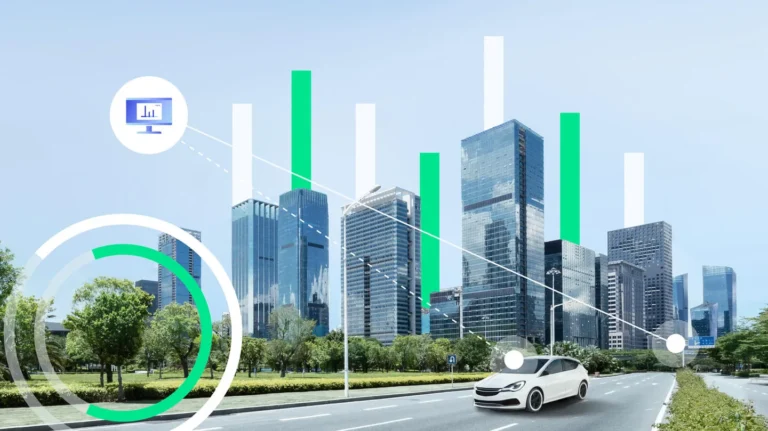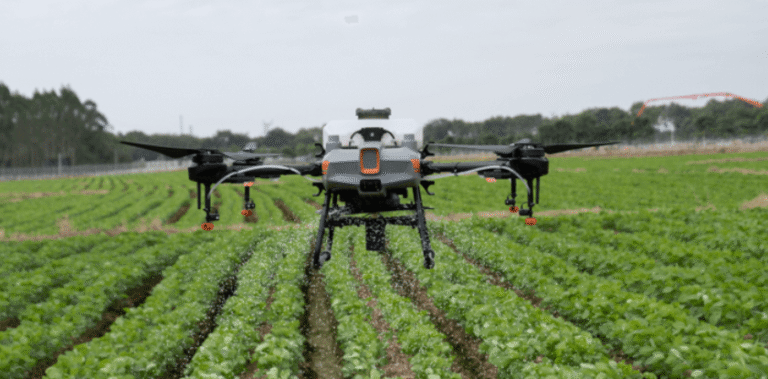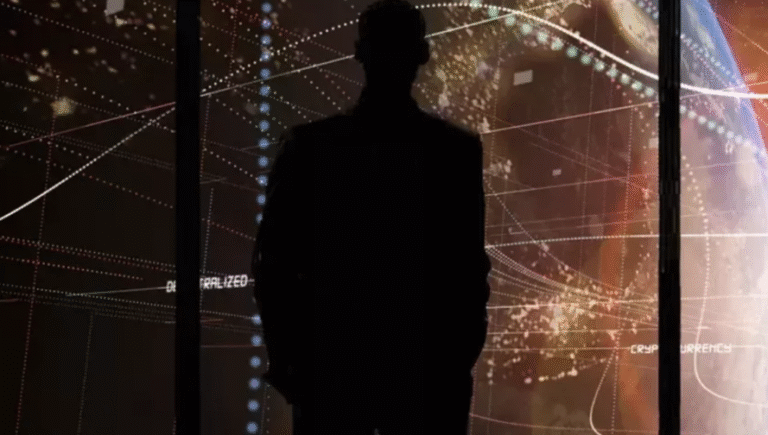How Drones Are Changing Delivery Systems
The emergence of drone technology is significantly altering delivery systems across various sectors. Drones offer rapid transport solutions, promising cost efficiency and enhanced operational performance. Data shows a reduction in traffic congestion and lower carbon emissions compared to traditional delivery methods. Nevertheless, regulatory hurdles and safety issues present considerable challenges. As the industry evolves, understanding these dynamics becomes crucial. What implications might these advancements hold for the future of logistics and supply chain management?
The Rise of Drone Technology in Delivery
As industries increasingly seek innovative solutions to meet consumer demands, the rise of drone technology in delivery services has emerged as a transformative force.
This evolution necessitates stringent drone regulations to ensure safety within urban airspace. Data indicates that drone deliveries could significantly reduce traffic congestion and enhance delivery efficiency, appealing to a consumer base that values speed and convenience in an increasingly dynamic marketplace.
See also: How Data Analytics Improves Patient Outcomes
Benefits of Using Drones for Delivery Services
The integration of drone technology into delivery services offers a multitude of advantages that can redefine logistics and customer experience.
With enhanced cost efficiency, drones reduce operational expenses by minimizing labor and fuel costs.
Furthermore, their electric-powered systems contribute positively to environmental impact, lowering carbon emissions compared to traditional delivery methods.
This innovative approach aligns with the growing demand for sustainable, efficient solutions in logistics.
Challenges and Limitations of Drone Deliveries
What obstacles must be overcome to fully realize the potential of drone deliveries?
Regulatory hurdles pose significant challenges, as existing legislation often lags behind technological advancements.
Furthermore, safety concerns regarding airspace congestion and the risk of accidents must be addressed to ensure public trust.
These factors hinder the widespread adoption of drone deliveries, limiting their effectiveness in enhancing logistical systems and consumer convenience.
The Future of Drones in Logistics and Supply Chain
While advancements in technology continue to propel the evolution of logistics and supply chain management, drones are poised to play a transformative role in this sector.
Their potential for autonomous navigation promises increased efficiency and reduced delivery times.
However, regulatory hurdles remain a significant challenge that must be addressed to fully realize the benefits drones offer in streamlining supply chain operations.
Conclusion
As drones hover like modern-day chariots of convenience, they promise swift deliveries with an eco-friendly flair, flouting traffic jams and emissions like rebellious teenagers escaping curfew. Yet, beneath this whimsical imagery lies a labyrinth of regulations and safety concerns, akin to a game of Jenga where each block removed could topple the entire structure. In the quest for efficiency, society must balance innovation with caution, lest these mechanical marvels become harbingers of chaos rather than heralds of progress.






